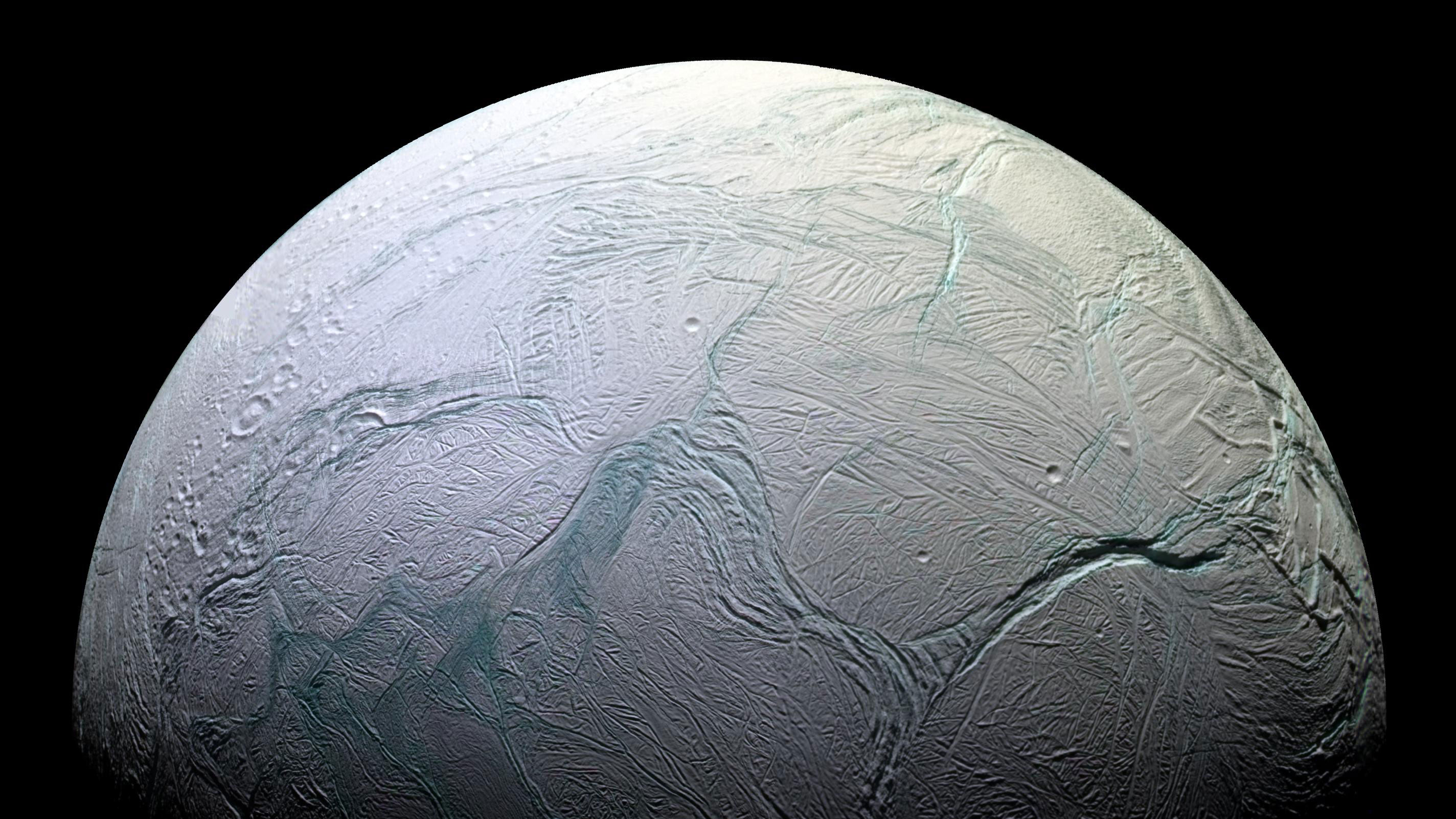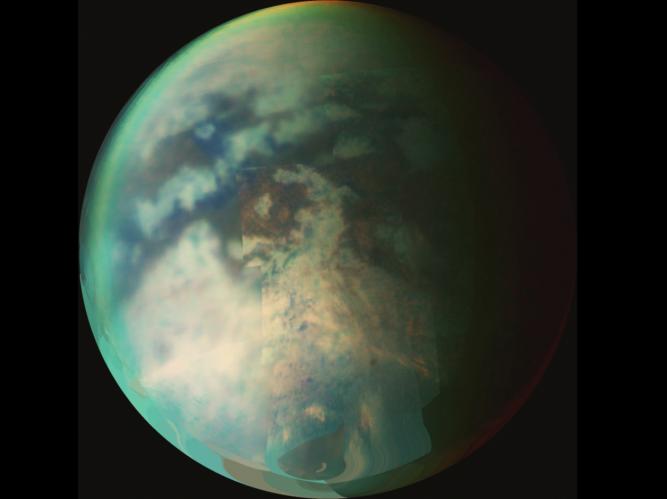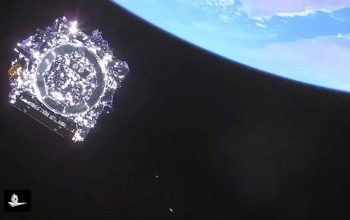

Titan and Enceladus, two of Saturn’s potentially habitable moons, were added as possibilities to NASA’s next billion-dollar planetary exploration mission, the New Frontiers program.
Titan, Saturn’s largest moon, qualifies as one of the few Earth-like worlds in our solar system. Titan’s surface pressure measures slightly greater than Earth, with a landscape consisting of ice mountains, rivers, and lakes. Sounds a lot like Earth, but here’s the catch. With temperatures around -290 degrees Fahrenheit, water is stored in rock-like reserves, and it rains methane. Oh, and those beautiful lakes and rivers? They’re flowing with liquid methane and ethane too. So much for the beach party.

So why do we even want to go near Titan?
For starters, its core is believed to be hot enough to contain liquid water. Also, it has a thick atmosphere, which is numero uno on the checklist for places where life could develop. Now, are there humans on Titan? I sure hope not. But microscopic life may have adapted to the cold temperatures, liquid methane, or even swimming in the watery core.
The second focus of the Ocean Worlds proposal to NASA’s New Frontiers mission is Enceladus. Unlike Titan, Enceladus does not have an atmosphere, and reflects nearly all light, making it even colder than Titan, averaging below -300 degrees Fahrenheit. Even with its rich H2O composition, it’s essentially a giant ice cube from the exterior.
Again, why should we care?

NASA’s Cassini spacecraft revealed Enceladus is geologically active, with a surface constantly shifting and changing. Such activity can only occur if there is a warm core at the center of the moon. Turns out Enceladus’s South Pole is extremely warm, resulting in eruptions of ice particles and water molecules hundreds of miles into space. The warming is due to a combination of the moon’s highly elliptical orbit and Saturn’s immense gravity, resulting in the perfect recipe for a geologically active Enceladus. There is a high possibility that beneath the frozen surface, a vast ocean of water exists. Look where that got Earth today. Water generally equals life. Under the icy surface, little microbes may very well call Enceladus home.
NASA’s New Frontiers program centralizes around possible space exploration endeavors which, by 2019, will be narrowed to one massive mission.
Titan and Enceladus form the Ocean Worlds endeavor, however many other mission ideas are still on the table, including a return to the moon, adventures on Venus, and saying hello to good old Saturn again. As of right now, nothing is definite. No matter what, the New Frontier’s program calls for a final, approved mission choice by 2019, with a launch expected between 2024 and 2025.
Just imagine bearing witness to the moment (when and if) we discover humans truly aren’t alone in the galaxy. It’s hauntingly beautiful to speculate.
Keep looking up,
Julia
Published by Julia Mariani
(Sources: Space.com, NASA)


